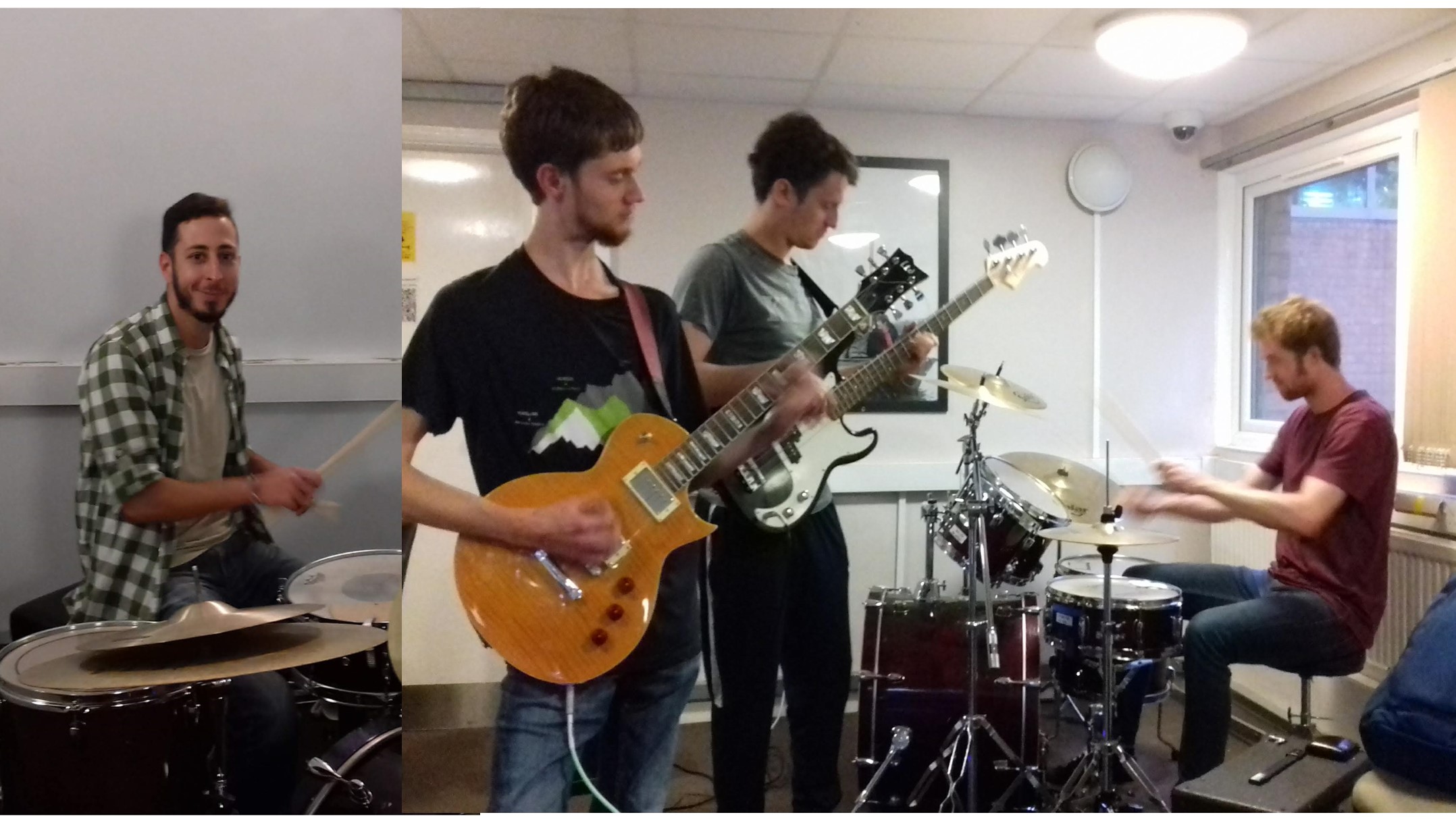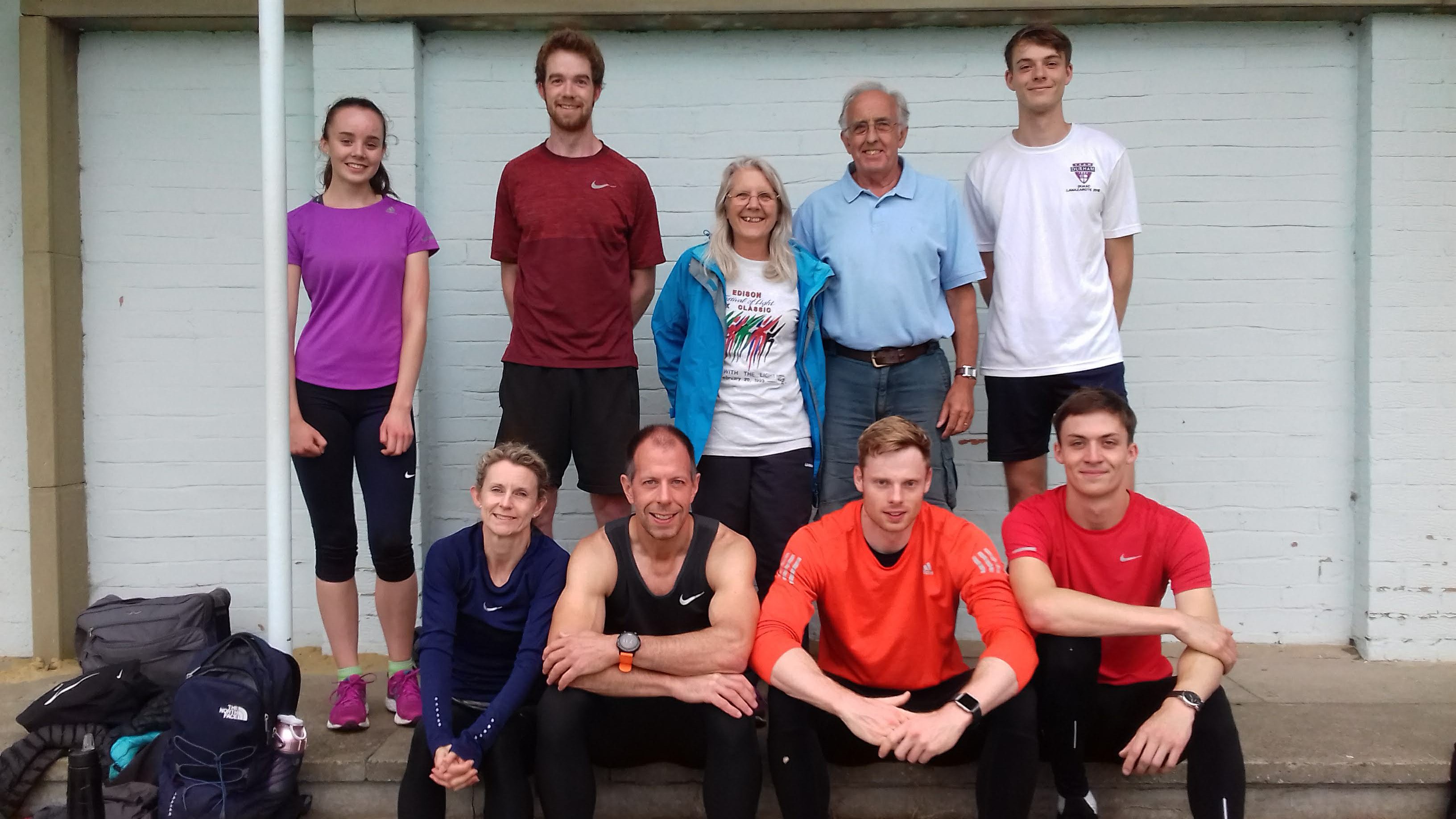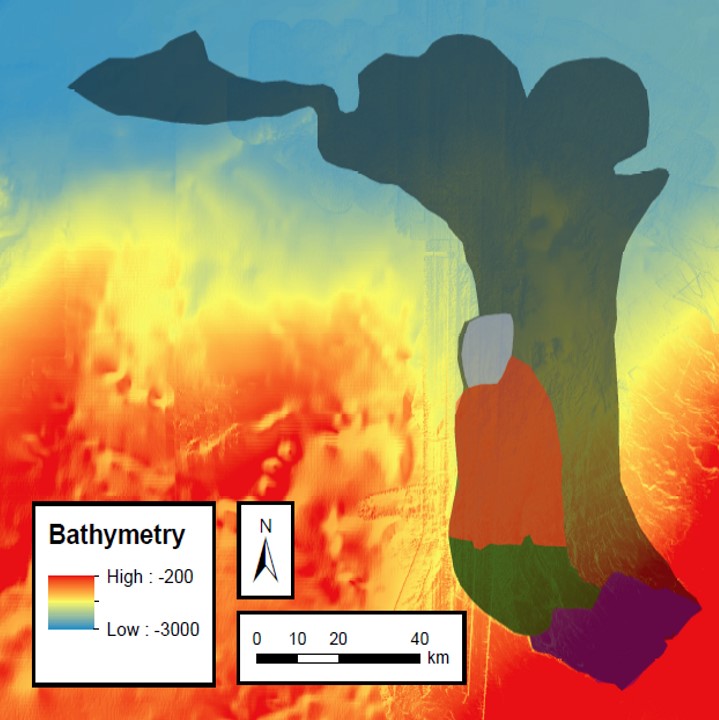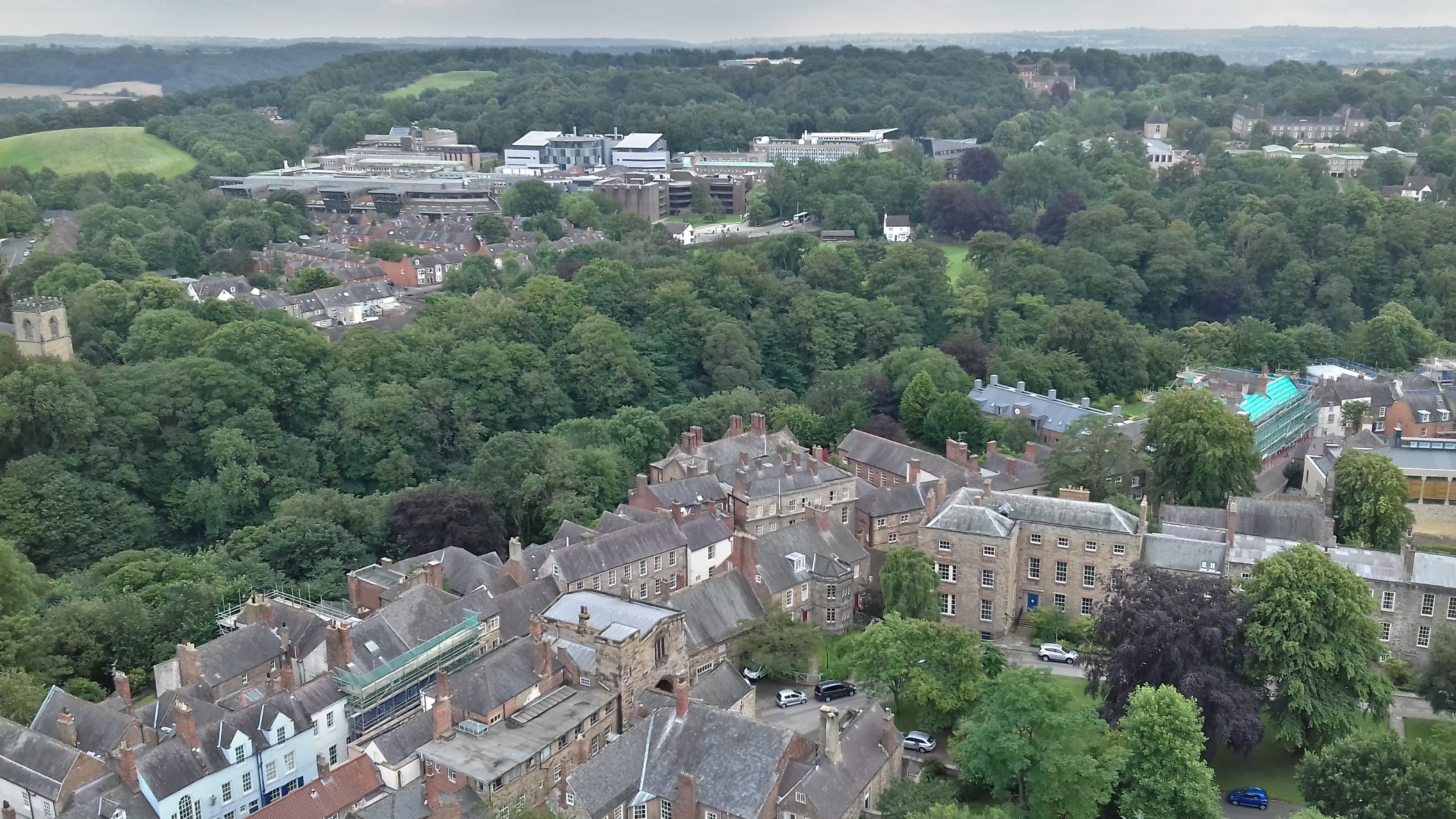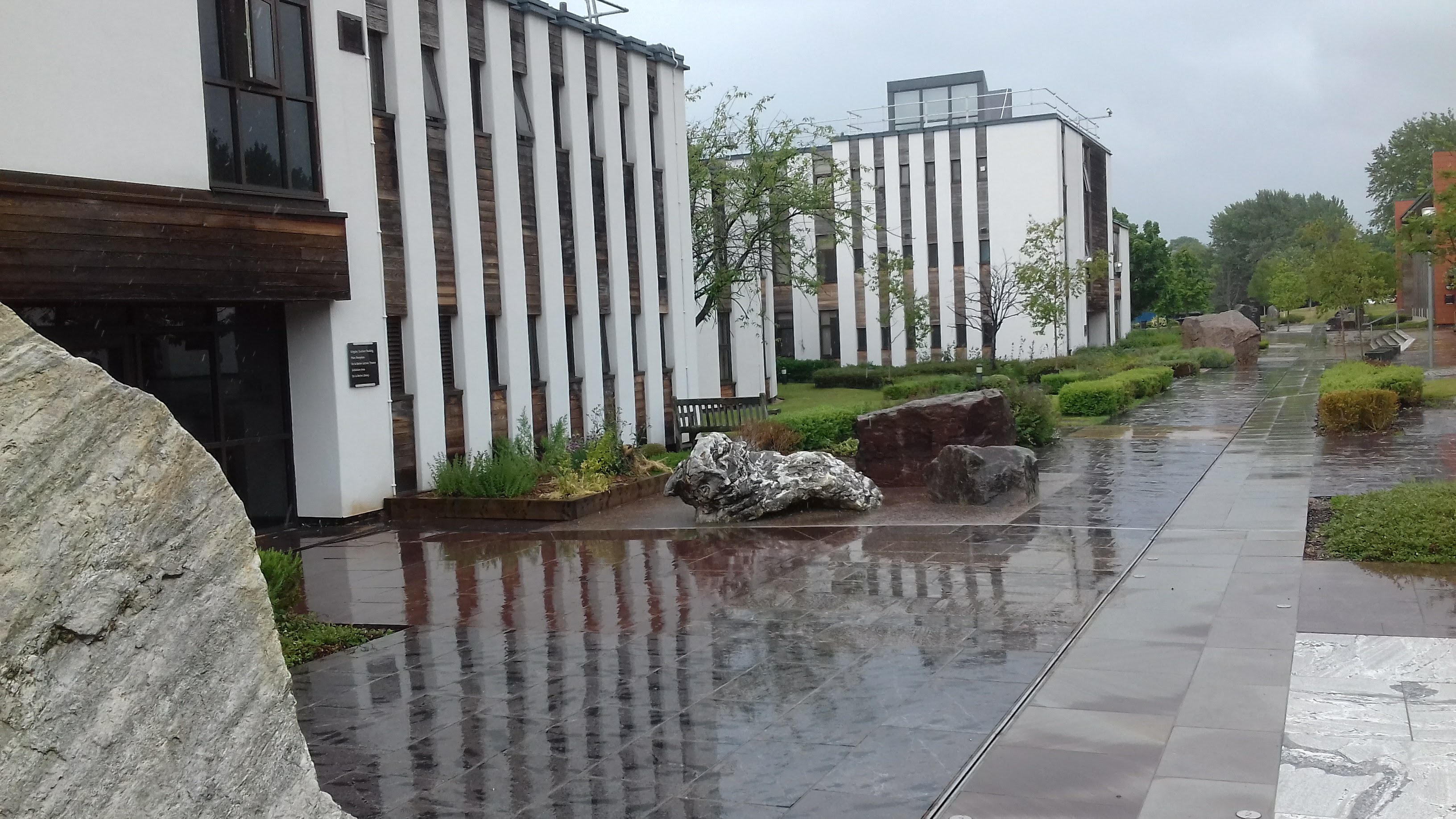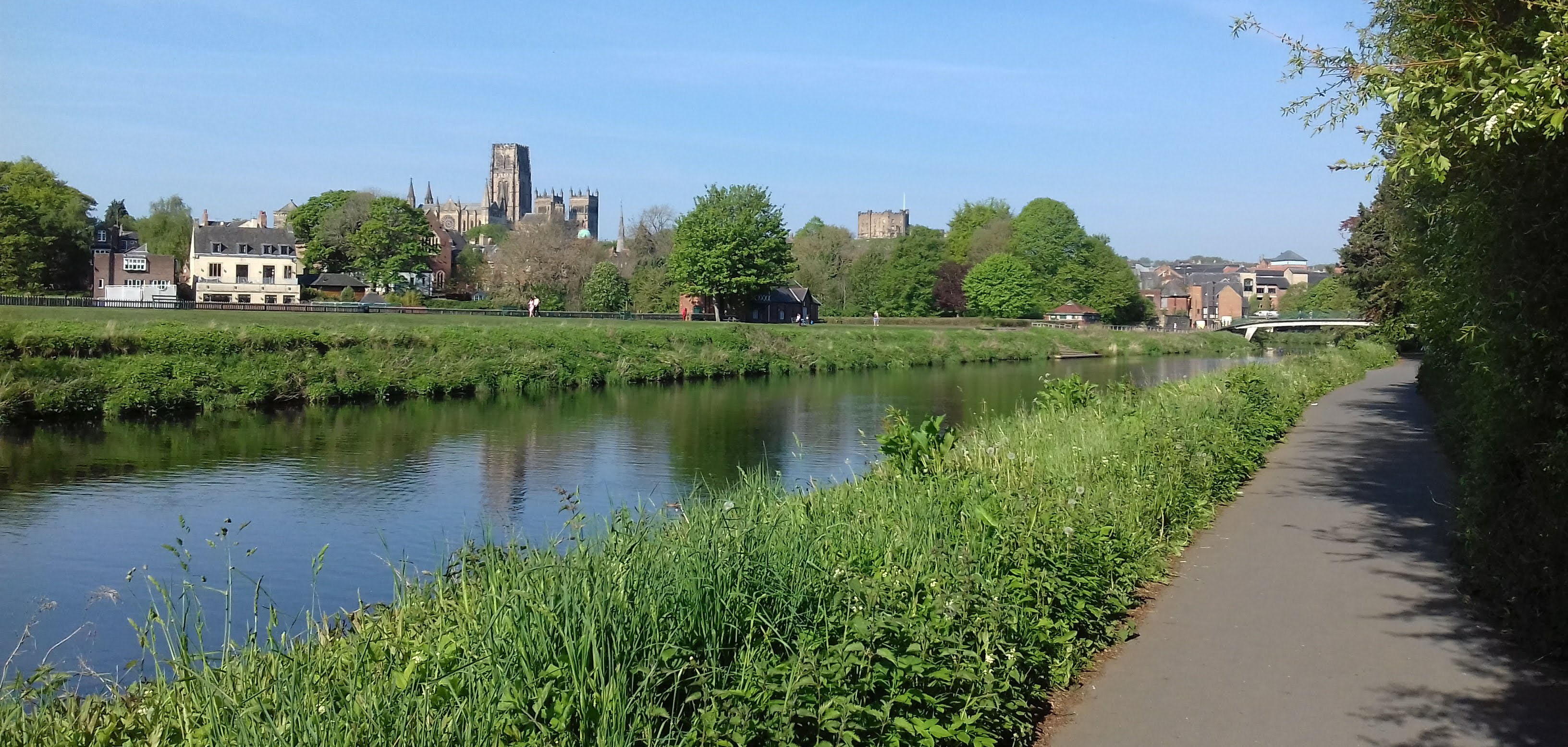
My First Secondment in Durham, including a visit to the british geological survey
Thomas Zengaffinen (ESR13) | @ Durham University, United Kingdom (1 May - 1 August 2019)
The third chapter of my PhD is modelling the Trænadjupet Slide and its resulting tsunami. The landslide is one of the largest submarine landslides that happened worldwide at ~3000yr BP off the western Norwegian coast, though there is no evidence of tsunami deposits in coastal lakes. Through numerical modelling, I intend to find out how the failure dynamics of the Trænadjupet Slide governed the lack of tsunami generation.
Between May and August 2019 I began my first secondment at Durham University, collecting data for my initial model setup and an explanation for its failure dynamics.
Joshua Allin is the first author of a currently revised scientific paper that deals with geological evidence associated with failure dynamics. Three of many co-authors are Peter Talling, David Tappin, and Edward Pope. Peter Talling and Edward Pope are both based at Durham University, with Peter Talling supervising me during my secondment, and Edward Pope providing me with the bathymetric data of the landslide. David Tappin works in Keyworth at the British Geological Survey (BGS) and is currently carving out supporting arguments on the failure dynamics.
Discussions with Peter Talling about the geological setting and possible failure dynamics served as a good start. After a month in Durham at the beginning of June 2019, I visited David Tappin in Keyworth for two days, where we discussed possible scenarios of the slide failure dynamics by looking at 3D-Multibeam data. He shared his recent findings and analysis so that together with my modelling skills gained in Oslo, I was able to explain to him how we intended to set up the numerical model of the landslide.
During the SLATE midterm meeting in Bremen at the beginning of July 2019, Finn Løvholt, one of my supervisors in Oslo, Peter Talling and I took the opportunity to discuss the progress of my Trænadjupet chapter. We also talked about my second chapter, modelling the 2018 Anak Krakatoa flank collapse and tsunami.
During my stay in Durham, I regularly discussed the findings from the 2018 Anak Krakatoa event with my supervisors Finn Løvholt and Carl Harbitz from NGI, and with Geir Pedersen from the University of Oslo. They advised me on the further steps needed to finish my simulations, analysis, and writing of this second chapter. By the end of my secondment, I had come up with a first paper draft on which Peter Talling gave me fruitful comments concerning the writing.
Apart from science, I socialised with my office mates who were seated in the same open-plan office as me in the department of Earth Sciences. After work hours, we spent time together socially. There were several other musicians in the department, and we met weekly for jam sessions. Many students lived in the same part of town as I did, including Kate Heerema, ESR 5, who came back from Oslo in the last week of my secondment in Durham. As a passionate long sprint runner, I joined the running team ‘The City Harriers’ and had the chance to train with national champions as well as other decent runners.
All in all, my secondment at Durham University was a great opportunity to collaborate and socialise with other great researchers. The bathymetry data provided by Edward Pope, and taking Peter Talling and David Tappin’s geological explanations of the failure dynamics into account has been invaluable in the progression of my project. Furthering our geological understanding has made our numerical models much more realistic, so for this, I am very grateful.
Location
- Durham University, UK
Impressions
